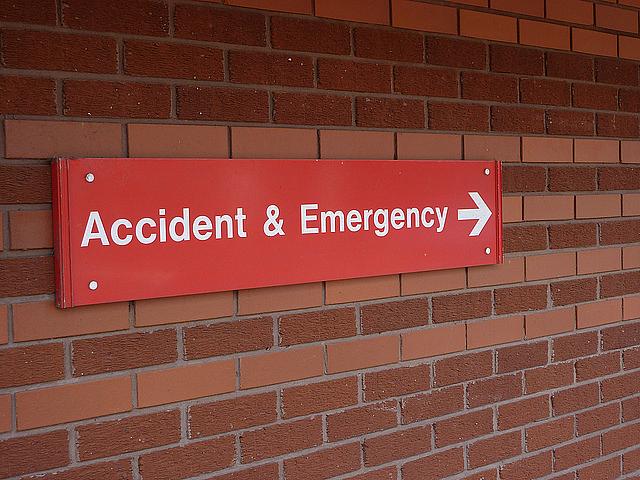In California’s rural Central Valley, access to care is a growing challenge

When the Affordable Care Act took effect in 2013, it opened the door to first-time coverage for a significant portion of the Central San Joaquin Valley’s population. Residents throughout the four-county region of Fresno, Kings, Madera and Tulare rushed to enroll in Covered California plans and the expanded Medicaid program, known as Medi-Cal in California.
That interest from residents has continued over the years — with nearly 700,000 local residents enrolled in some sort of Medi-Cal managed care plan as of January 2016 — despite major obstacles to actually receiving care.
The largest hurdle for many has been finding a primary care physician who accepts Medi-Cal patients. A 2014 study from the California Health Care Foundation found that physicians throughout the state are less likely to serve Medi-Cal or Medicare patients in their practices than privately insured groups.
Those that do accept Medi-Cal are now being swamped with patients. The influx is causing increased wait times of weeks and even months before patients can see their primary care physician. I have also heard from multiple emergency room physicians about how the issue is leading to increased emergency room visits since Medi-Cal patients who can’t get in to see a primary care physician will often go to the local ER for treatment.
Community Regional Medical Center, the Central San Joaquin Valley’s largest hospital and traditional safety-net facility for Fresno County, has seen an average of more than 110,000 emergency room visits over the last few years. A significant portion of those visits has been for chronic diseases like diabetes, asthma or obesity, which would be better served through regular treatment rather than occasional ER visits.
Those ER numbers make Community Regional one of the busiest facilities in the entire state and emphasize the need for more local physicians to accept Medi-Cal patients.
For my 2016 California Fellowship project I will explore the extent of this domino effect and efforts by local health care groups to expand health care infrastructure. The majority of the growth so far has been concentrated in rural clinics and hospital facilities, with nearly a dozen such sites opening in the last few years. Several more are in the planning and development phase and I will investigate how local health groups are handling the dual task of expanding outreach to Medi-Cal patients while recruiting more physicians to the area.
The latter problem has long plagued the region and I’m curious to see how medical groups are dealing with the latest ACA twist. According to the earlier California Health Care Foundation study, the San Joaquin Valley has one of the state’s lowest physician-to-patient ratios, offering just 48 primary care physicians (PCPs) per 100,000 residents. That average is well short of the state recommended level of 60 to 80 PCPs per 100,000 residents. The San Joaquin region also failed to meet state standards for specialists, reporting 80 specialists per 100,000 residents, compared to the state recommended supply of 85 to 105 per 100,000 patients.
While the CHCF study includes the whole San Joaquin Valley, the Central San Joaquin Valley’s more specific shortage has been discussed widely by local physicians and health care groups for years. Recruiting talented physicians to the region can be hard, with Fresno and Visalia — the two major cities within the Central San Joaquin Valley — often seen as boring and unfashionable compared to regions such as the Bay Area and Los Angeles.
To help retain new talent, a number of local health care groups have begun partnering with area schools to train the next generation of physicians. This approach is only several years old, but already medical groups are reporting some promising results as San Joaquin Valley natives are more likely to remain and practice in the region than those from out-of-town.
Among the questions I hope to answer with this reporting project:
• How many patients are taking advantage of the new path to medical coverage?
• Are they better off now, or has the level of available care remained the same for them?
• What are local health groups and advocates doing to help the situation?
• How successful are recruitment efforts for physicians, and how are they being improved?
By focusing on the three main areas of patients, physicians and health care infrastructure, I hope to provide an in-depth look at how the ACA is transforming the rural health care landscape in California’s Central San Joaquin Valley.
[Photo by Lydia via Flickr.]

